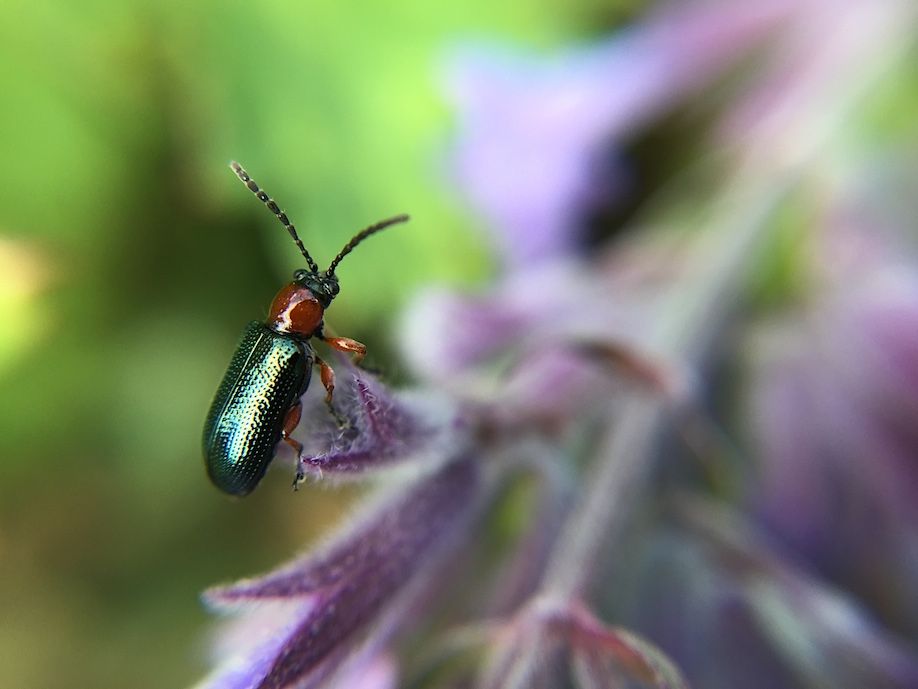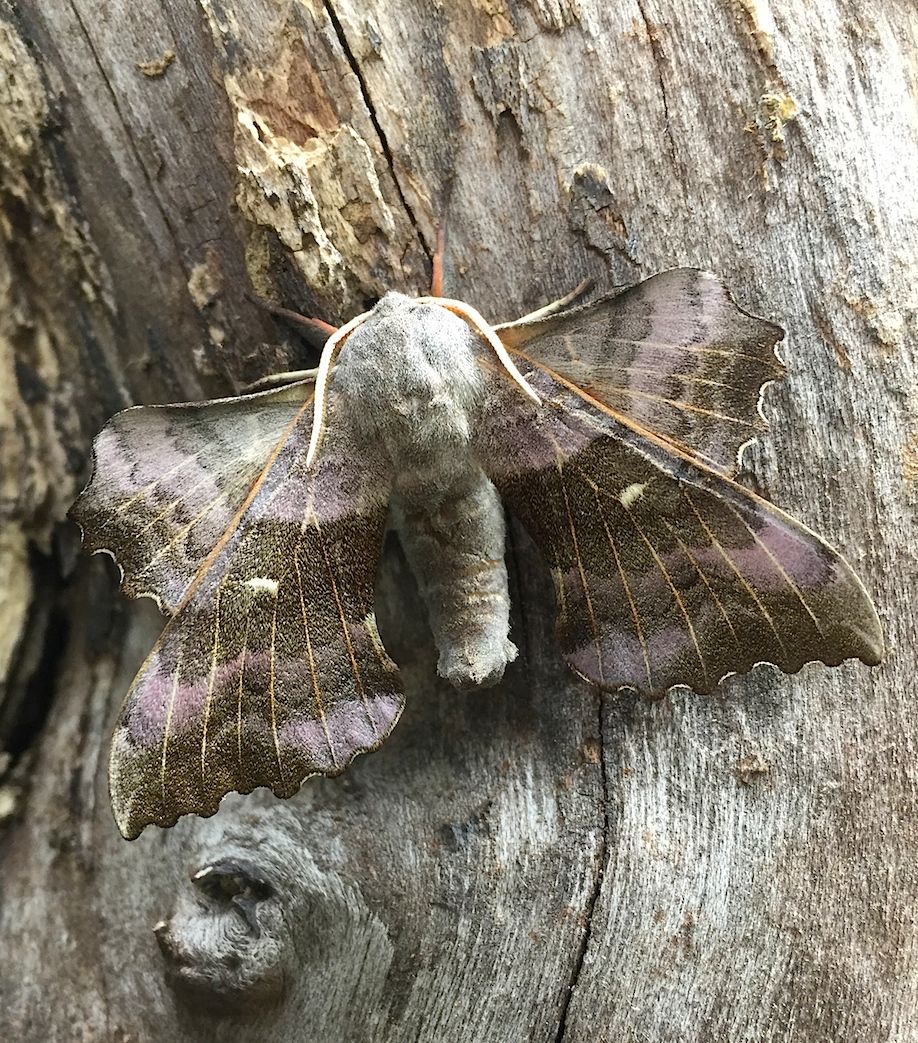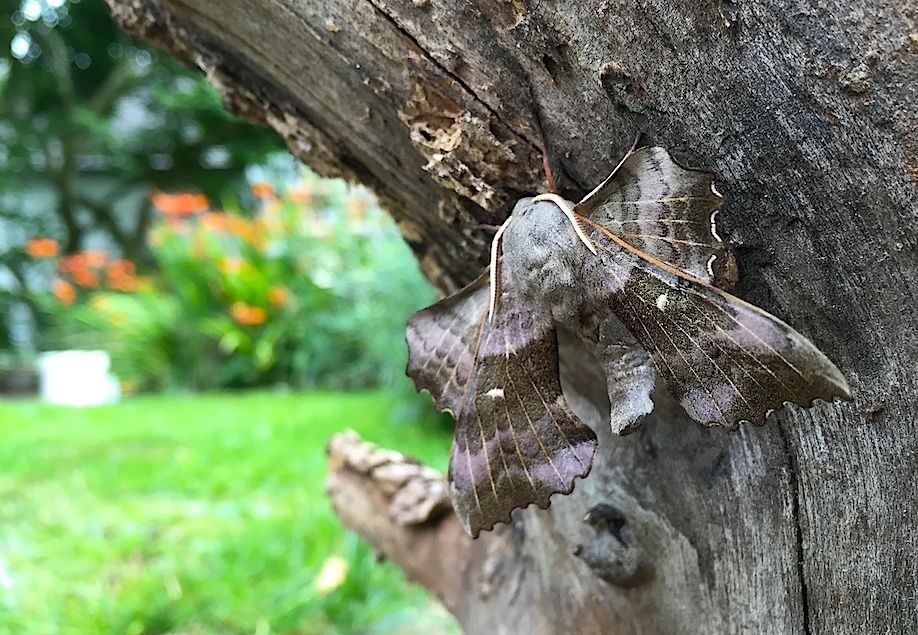I never imagined I would be using my phone as much as I do for wildlife photography! Armed with a Canon 7D MrkII and a Canon 2.8 macro lens, why would I ever turn to a phone to take macro photographs you may well ask, but I have found myself using my iPhone 6 more and more when out in the field.
As much as I love my DSLR, it can be cumbersome and I don’t always have it with me. My phone is always in my pocket and even before I was asked to try out the Manfrotto KLYP system, I used my phone for all sorts of photographic opportunities.
The KLYP system consists of a phone photographic case that allows you to add a range of photographic accessories to your iPhone. From a range of lenses to additional lighting, tripods and kickstands, it offers a wealth of opportunities. You can find out more here. There is even a free app to allow you to further manipulate your images.
This post looks at the macro lens; the one I was most interested within the range available. The macro comes screwed into a 1.5 telephoto lens combination.
The wide angle lens enlarges your field of view and lets you capture a broader scene. Unscrewing the top section reveals the macro lens, which has increased magnification enabling you to take close-up shots revealing the smallest details, able to reach a +10 zoom effect.
I started out trying this lens on flowers to gauge the magnification and the distances I needed to get to, to achieve a focused image. I was thrilled with the first image I captured…
Experimenting, I found that to get the crispest images with the maximum magnification, the lens needed to be very close to the subject, ideally about 1.5 – 2cm away. This is no issue with flowers but could be more of a challenge trying to photograph small insects!
I started to scour the flowerbeds for suitable candidates for my new kit and soon located this leaf beetle and gradually moved the phone in for a shot. The great thing about using the phone is that it is so maneuverable and I soon had the beetle in sight. Edging it in as close as I could, I positioned the beetle to one side and the iphone camera locked on. I was astounded at the detail in the shot!
Inspired by my early success, it was not long before I was experimenting with a range of other insects amongst the foliage….
Without the macro lens, you can achieve pretty good close-ups of reasonably sized insects, but this lens took it to a whole new level! This shot shows the kind of image I would never have achieved without the macro lens. This tiny insect was sitting on the tip of my finger and was less than a cm long….
This grasshopper would not allow me close enough for a shot, so I captured it and placed it in a plastic container. This shot is taken through the plastic ….
My final subject for my initial trial was this spectacular Poplar Hawkmoth discovered in my garden. Being a sizeable moth, my initial shots were without the macro lens, just using the iPhone’s standard lens.
Screwing the macro lens on, I was able to move close to capture the exquisite scale detail on this moth’s wings….
Another moth caught my eye, on the path. My DSLR lens would have struggled to get ‘eye-level’ with this tiny moth, yet the iPhone and macro was easy to position. The low angle and close proximity to my subject produced this rather ‘yak-like’ image!
I am very impressed with this lens and it will add a wealth of photographic opportunities for me. The quality and magnification of the lens means that intricate details are captured in a way not possible with the standard lens.
Now, I am off to trial the next range of lenses; fish eye, wide angle and telephoto… I hope my DSLR is not too upset!!!
Kate MacRae
Kate MacRae, also known as ‘WildlifeKate’ has spent the last four years turning her rural garden in Staffordshire into a camera haven, allowing her to monitor the goings on of all the wildlife visiting. She has over 20 cameras set up, all wired back to her office, where she can watch and record the visitors. From inside nest boxes, to small and large mammal feeding stations, Kate’s cameras and set-up have appeared regularly on BBC Springwatch and Autumnwatch. Kate is also a keen photographer and avid user of Bushnell trail cameras and these form big part of her wildlife filming. Kate’s cameras stream live on her website and can be watched 24-7.
Website: www.wildlifekate.co.uk
www.yewview.co.uk
Twitter: @katemacrae
Facebook: www.facebook.com/WildlifeKate











